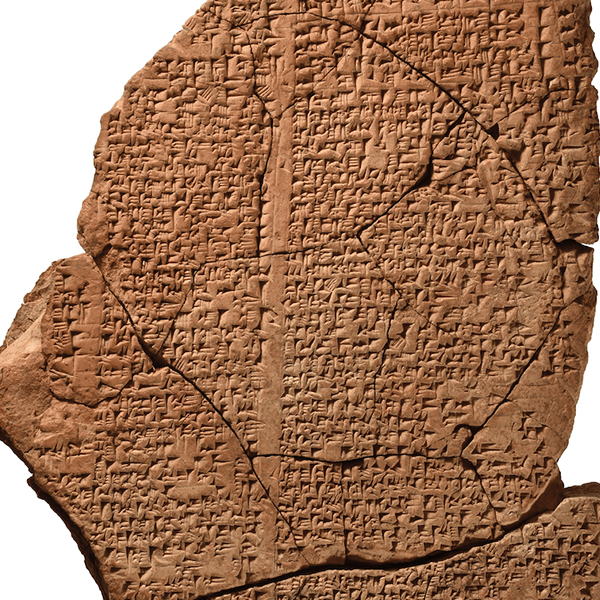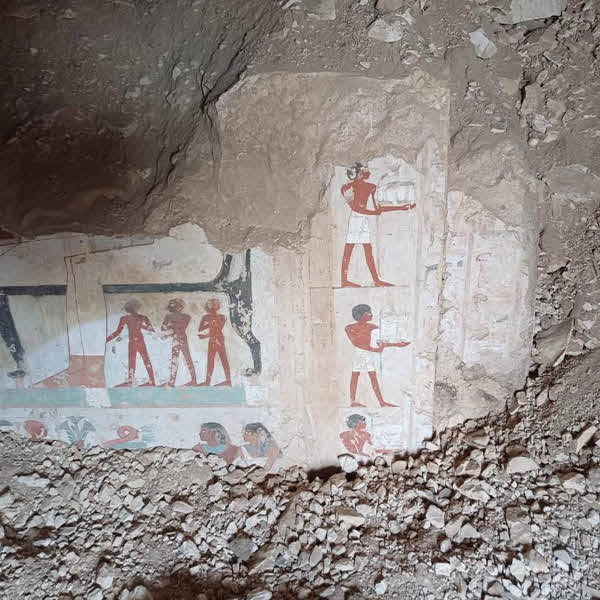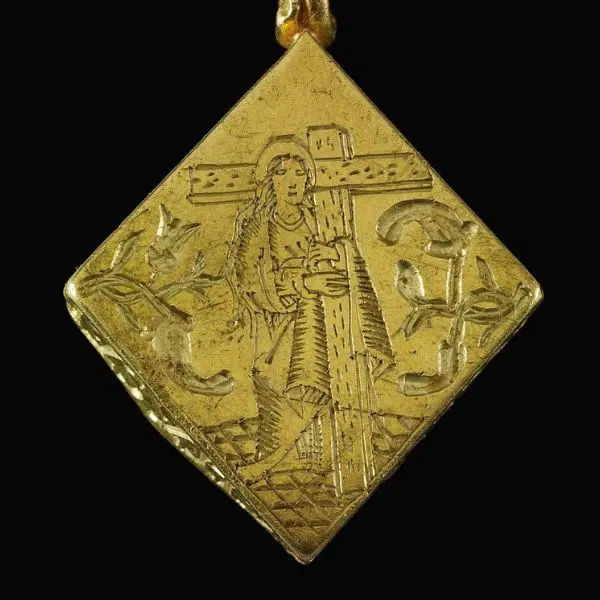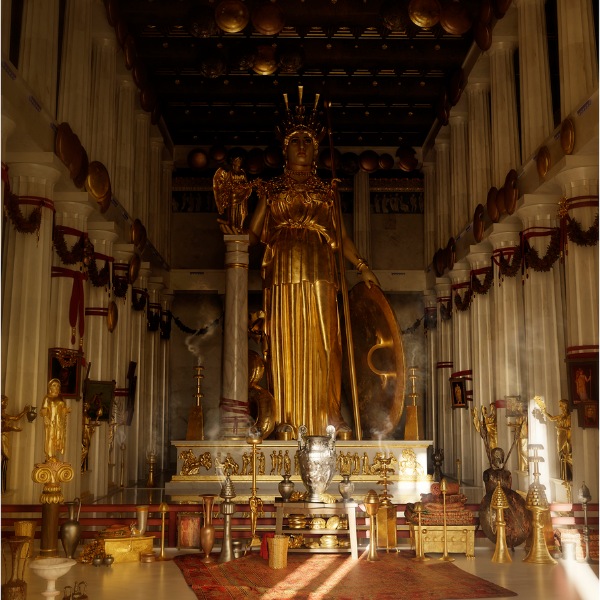View this post on Instagram
While we know a lot about human history, there’s still so much waiting to be discovered. One of the most fascinating and mysterious finds is the Shell Grotto, uncovered in 1835 beneath a backyard in Margate, England. This 70-foot underground tunnel system, adorned with 4.6 million seashells, forms an intricate, 2,000-square-foot maze of mosaics and symbols. However, even today, the creators of the Shell Grotto remain a mystery.
The first mention of the Shell Grotto in Margate appears in the Kentish Gazette on May 22, 1838, when it was announced that it would soon be open to the public. According to the report, a man called James Newlove who had recently bought Belle Vue Cottage was making some changes when workers hit a large stone. After investigating, they were surprised to discover the extraordinary grotto underground. However, years later, Newlove’s daughter, Francis, recalled her brother Joshua finding the grotto “before anyone else knew about it,” possibly as early as 1835, through a chalk North Passage. In a letter, Francis recalled sneaking into the grotto with her brother, some friends, and “a candle in a lantern round somebody’s neck.”
Some believe the Shell Grotto was once a smugglers’ hideout, while others think it might have been a pagan temple. In Britain, decorative shell structures were popular in the 1700s, often built for aesthetic rather than practical purposes. The ornate, nature-inspired spaces were common in the gardens of wealthy estates, and were built to show off the owner’s wealth and creativity. Today, many of these structures still dot the UK, with the Shell Grotto in Margate being one of the most famous examples. The true purpose of the incredible space remains unknown, but carbon dating suggests the site could date back even further, as far as the 1500s.
From mussels, whelks, oysters, and limpets, nearly all of the 4.6 million shells are native to the British Isles. However, there are some areas where queen conches from the Caribbean are used, such as in the “Altar Room.” The intricate mosaic designs include floral patterns that could symbolize life, fertility, and growth. Plus, there are 19 stone hearts tucked away among the shells, perhaps symbolizing love or connection.
Today, the Shell Grotto is privately owned, and the owners have a theory that it was designed to track the sun, with the Dome acting as a kind of solar calendar. They shared their thoughts on Instagram, saying, “We don’t know if there’s any truth in that, but, some years ago, mirrors were strategically positioned around the grotto on the solstice, and when the sun came out it shone through the Dome at just the right angle to be reflected all the way down the Serpentine Passage, hitting the shrine in the Altar Room! Scientific? Perhaps not. But we felt, just for a moment, like we were in Indiana Jones!”
Regardless of the true origin, there’s no denying that the Shell Grotto is a captivating piece of human history. Today, it’s open to visitors, and the owners even host events like meditation sessions.
Find out more about this amazing discovery on the Shell Grotto website.
This fascinating Shell Grotto was accidentally discovered in 1835 beneath a backyard in Margate, England.
View this post on Instagram
The 70-foot underground tunnel system, adorned with 4.6 million seashells, forms an intricate, 2,000-square-foot maze of mosaics and symbols.
View this post on Instagram
Today, the creators of the Shell Grotto remain a mystery.
View this post on Instagram
View this post on Instagram
View this post on Instagram
Some believe the Shell Grotto was once a smugglers’ hideout, while others think it might have been a pagan temple.
View this post on Instagram
The owners have a theory that it was designed to track the sun, with the dome acting as a kind of solar calendar.
View this post on Instagram
Shell Grotto: Website | Facebook | Instagram
All images via Shell Grotto.
Related Articles:
Unique 2,000-Year-Old Roman Mosaic Made of Seashells, Glass, and Tiles Discovered Near Colosseum
Restoration Uncovers Stunning Art and Inscriptions of 2,000-Year-Old Egyptian Temple
King Arthur Site in England is Actually 4,000 Years Older Than Archaeologists Originally Thought
Scientists Reveal a Hidden Corridor in Great Pyramid of Giza Not Seen for Thousands of Years






















































































